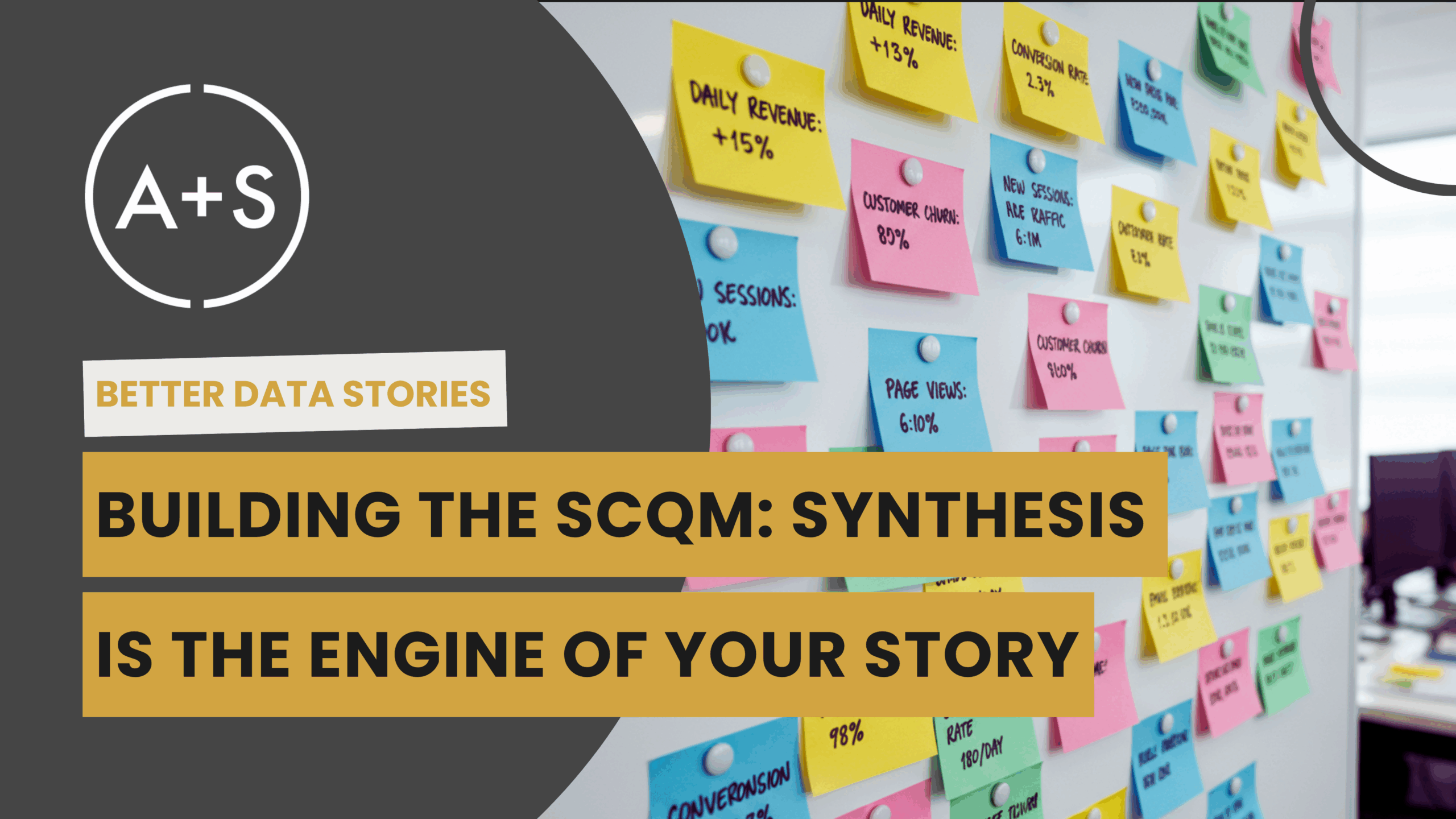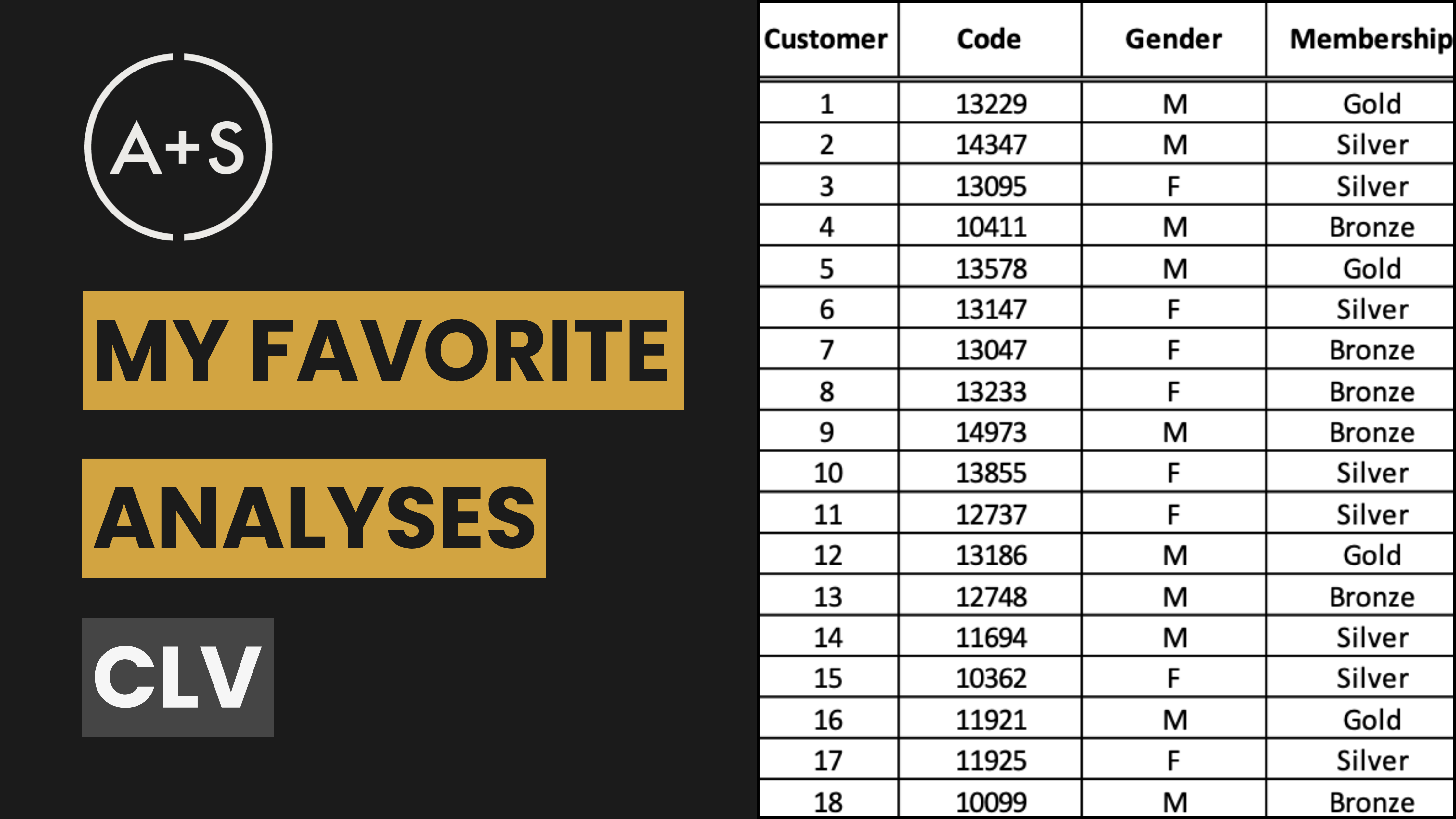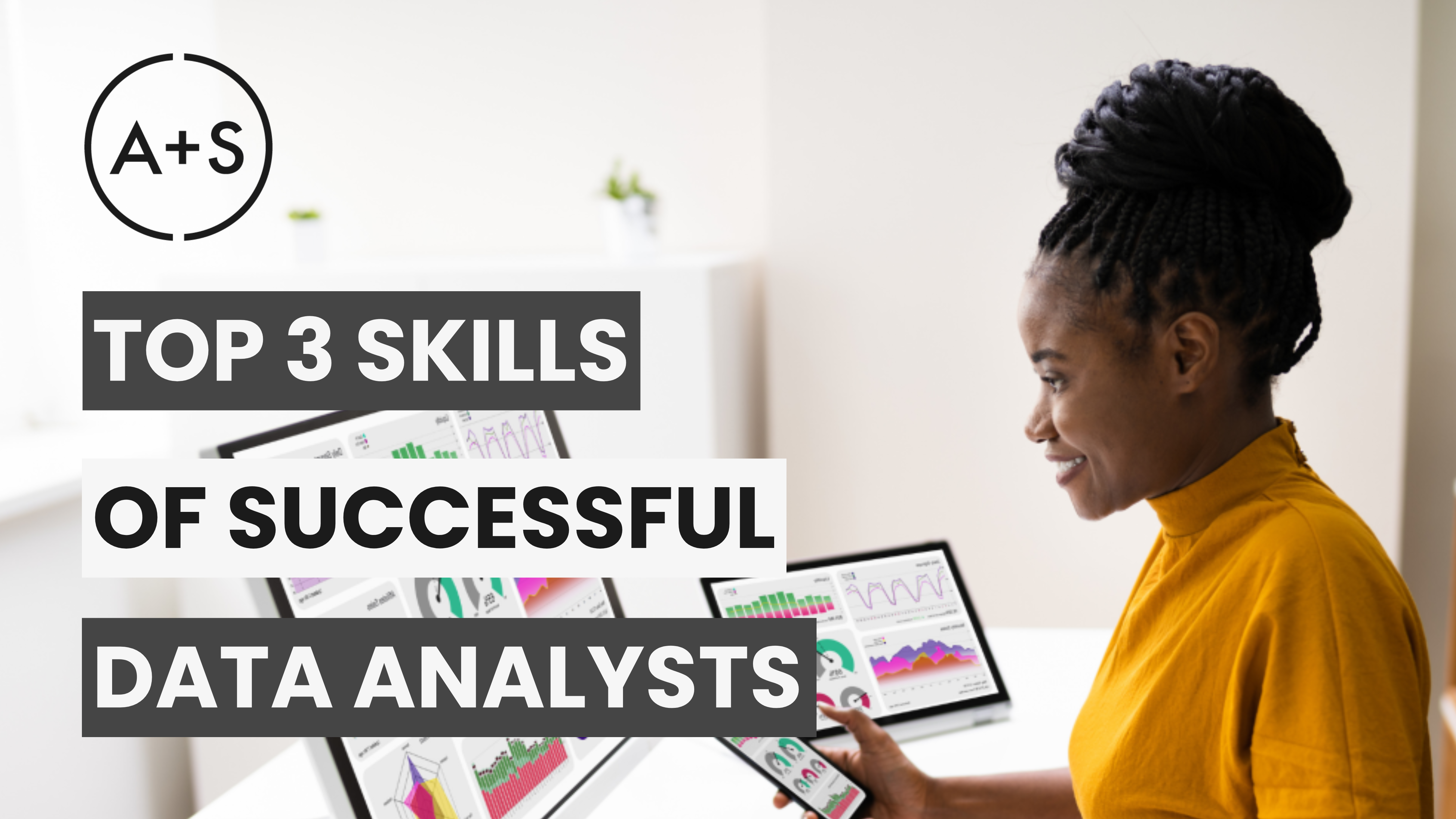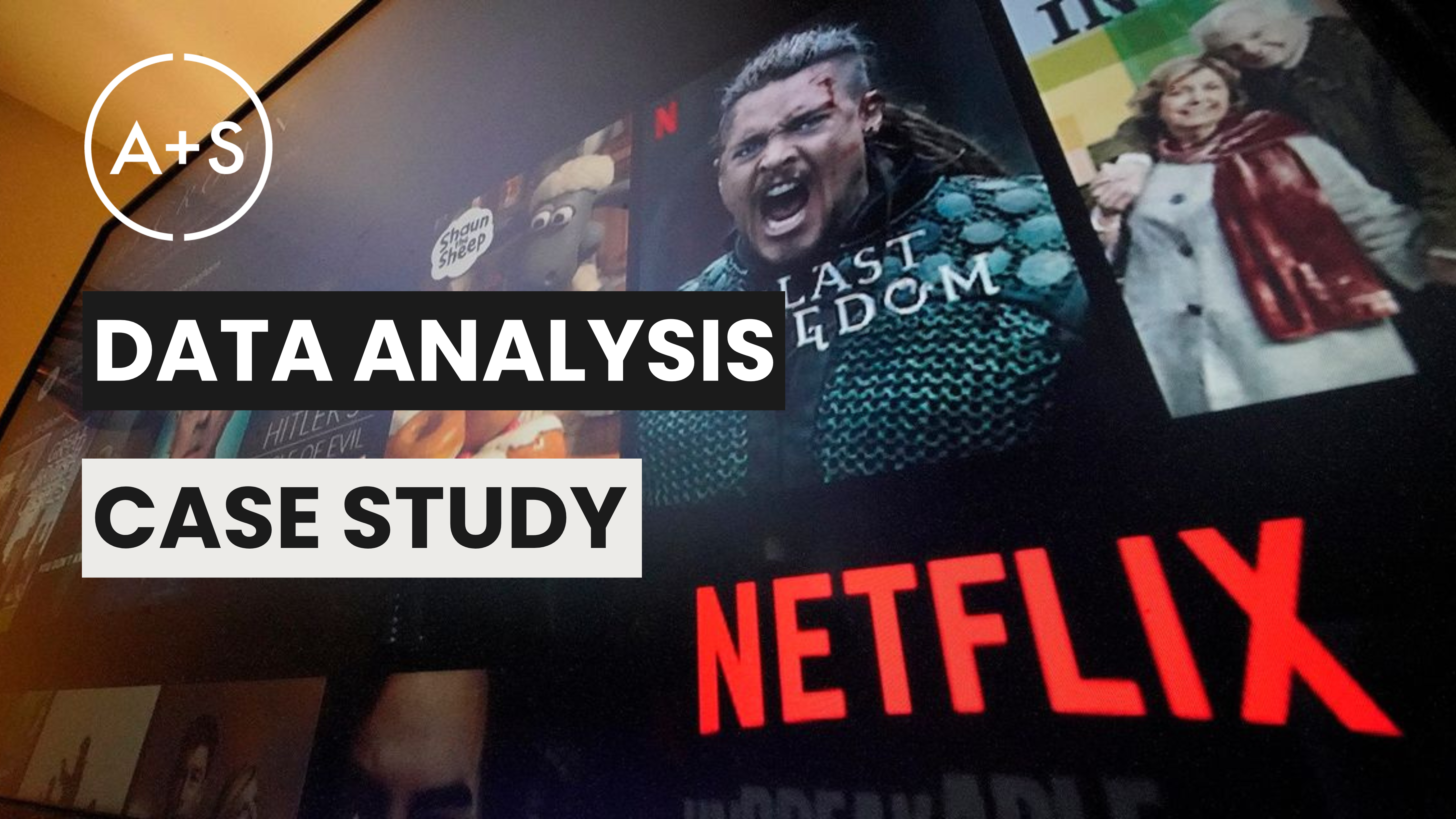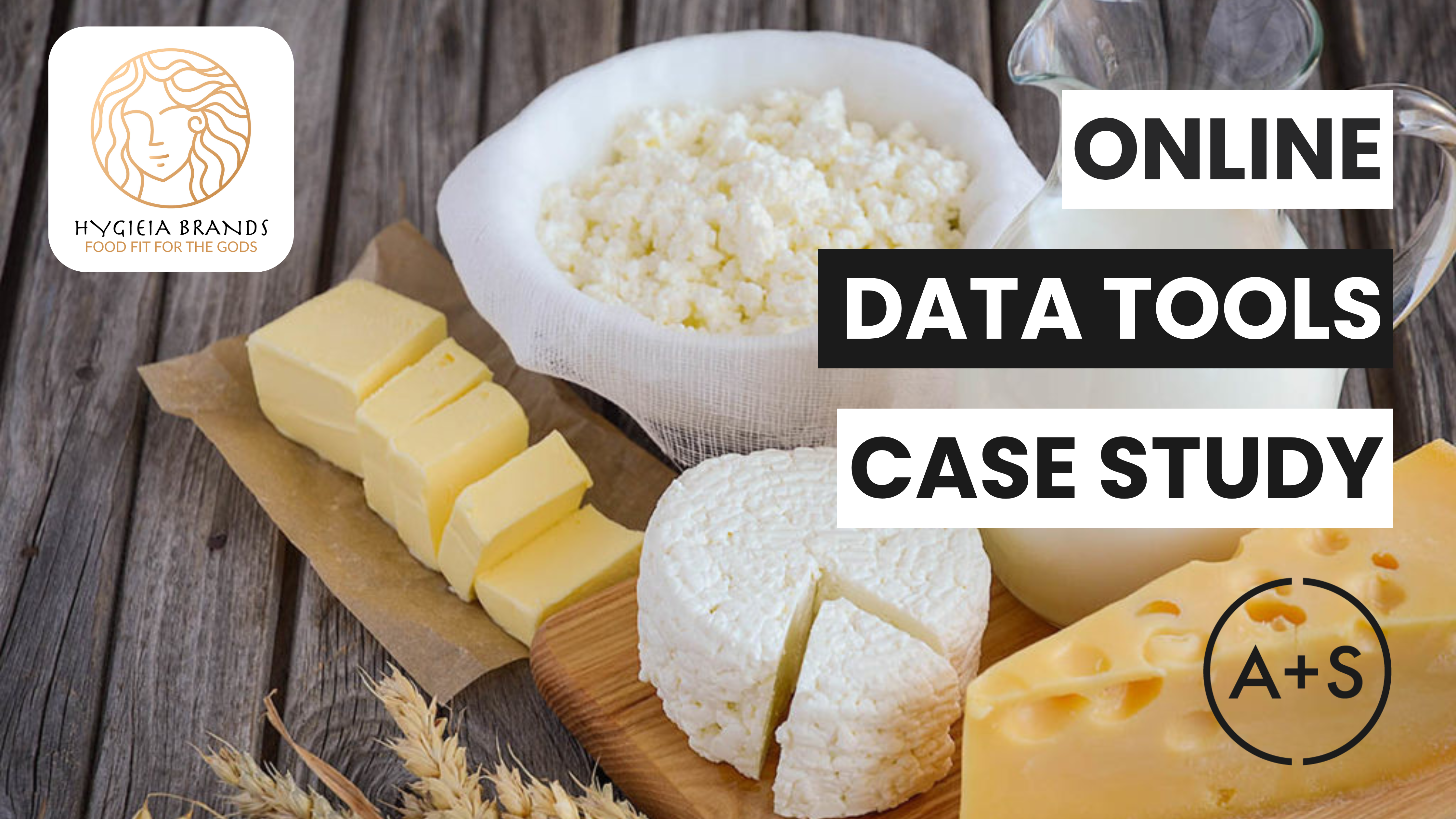Last week, we buried the False Hierarchy. We exposed the myth that presenting the story of our analytical journey is persuasive—our data sources, our methodology, our “kitchen tour.”
It is not. It is a slow, dull, confusing narrative that quickly and inevitably kills our stakeholders’ attention.
We replaced it with a simple framework: the SCQM—Situation, Complication, Question, Main Message. It is the blueprint for a story that creates tension, demands resolution, and delivers exactly what our stakeholders require.
Understanding the SCQM is a critical step in the growth of any data storyteller, but it creates a new, practical question: Where do the ‘S,’ ‘C,’ ‘Q,’ and ‘M’ come from?
You do not start your analysis with a finished SCQM. You end with one. The messy, non-linear, and creative work that gets you there is called synthesis. If SCQM is the blueprint for our final data story, synthesis is the deep, foundational work of discovering what we will build.
This week, we are connecting the strategic structure of SCQM to the tactical process of synthesis.
The Core Concept
Synthesis is the bridge from data to meaning. While analysis is deconstruction, synthesis is construction.
Analysis is the act of running the tests. You gather symptoms: “New user sales are down 25%.” “Bounce rate is up 15%.” “Cart abandonment is up 10%.” These are your data points. They are all true. They are also unhelpful on their own.
Your job is to synthesize these facts into a single, cohesive diagnosis. You must find the underlying cause that connects them. “Wait. All these negative metrics started on Tuesday. What did we do on Tuesday?”
That is the tension in your current situation, and it’s the impetus of your data story.
The story is not the list of facts. The story is the tension and its resolution. Synthesis is the hunt for it.
You do not find an SCQM. You build one. You build it by sifting through all your analytical and anecdotal facts (analysis) until you find the structural pieces that matter (synthesis).
From the facts you’ve collected and observed, a new idea is born. “Wait, on Tuesday we launched our new checkout flow! The new checkout flow we launched isn’t working as we intended.” This leads directly to the obvious resolution: “We must roll back the new checkout flow.”
The observations that introduce tension—irregularities in bounce rates, new user sales, cart abandonment—make up your Complication (C). The action that resolves the tension—rolling back the new checkout flow—is your Main Message (M).
Your most difficult job is to find the ‘C’ and the ‘M.’ The ‘S’ and ‘Q’ are just connective tissue. The Complication and the Main Message are the elusive, hard-won products of your synthesis. They are why you are valuable.
The Strategic Framework
Synthesis is not magic. It is a process. It moves through three phases: Diverge, Distill, and Declare. This is how you find your ‘C’ and ‘M’ that allow you to build out your full data story.
Diverge (The Fact-Finding) This is your analysis phase. Your goal here is to go as wide as possible. You are the diagnostician running the tests. You are not allowed to form a conclusion. You are only allowed to observe.
You run the queries. You build the segments. You chart the trends. You are collecting the data patterns. You are asking, “What does the data say?”
This is the comfortable part. Many analysts stop here. They gather their pile of facts and call it a deck. You cannot.
Distill (The Contradiction-Hunting) This is the messy middle. This is where you stop collecting new data and start connecting the data you have. You must move from observation to implication.
Spread all your facts out. Put them on a whiteboard, in a document, or on virtual sticky notes. Look for patterns. Look for relationships. Most importantly, look for tension.
Your job is to find the “but.” “Traffic is up, sales are down.” “New account registration is up, but new user sales are down.” “Add to Cart events are up, but Orders Completed events are down.”
This tension, this “but,” is your Complication (C). This is the engine of your story. If you do not have a “but,” you do not have a story. You just have a list of facts. You must hunt for the contradiction. This is the entire creative act of synthesis.
Declare (The Message-Forging) This is the final, brave act. Once you find your Complication, you must explain it. You must understand how this Complication affects your stakeholders. More specifically, you must understand what Question the Complication has thrust upon them. Often this is a question they already know—the one they’ve asked you to answer—but when your analysis is truly novel, you must chart this Question yourself.
Then you must form a single, declarative sentence that resolves the tension. This is your story point. This is your Main Message (M).
- Situation (S): “On Tuesday, we launched our new checkout flow.”
- Complication (C): “Immediately, our checkout flow KPIs all crashed.”
- Question (Q): The implied question is obvious: “What should we do to fix our checkout flow KPIs?” You complete your story and resolve the introduced tension by answering it with a declarative Main Message.
- Main Message (M): “We must roll back our checkout flow and properly test it before implementing it a second time.”
This one sentence is your “diagnosis” moment. It is the hypothesis. It is the opinion. It is the synthesis. You have moved from a list of facts to a single, powerful declarative statement.
The Analyst’s Playbook
This is how you tactically build your SCQM inputs from the ground up.
- The Inventory (Diverge). Do not open PowerPoint. Open a blank document or grab a stack of index cards. Write down every single fact, observation, and data point you found. No charts. Just sentences. “New user sales are down 25%.” “Bounce rate is up 15%.” “Cart abandonment is up 10%.” Don’t stop at these surface observations. Go deeper. The more facts you gather, the clearer the full picture becomes. Ask yourself “Why?” and ruthlessly drive to the answers. Get at least 20 facts down.
- The Hunt (Distill). Read your list of facts. Where is the tension? Where do two facts seem to disagree? Look for the “but.” Circle it. Write it out clearly. Example: “Fact A: We launched a new checkout flow. Fact B: Our KPIs all crashed.” Congratulations. You have found your Complication (C).
- The Resolution (Declare). Stare at your Complication. Ask “Why?” five times and source answers from your inventory of facts.
- C: “Immediately, our checkout flow KPIs all crashed.”
- Q1: Why? A: Because our cart abandonment rate spiked from 25% to 50%.
- Q2: Why? A: Because the funnel data shows 90% of the drop-off is on the new ‘Shipping’ page.
- Q3: Why? A: Because the ‘Continue’ button on that page is rendering off-screen for users on smaller browser windows.
- Q4: Why? A: Because the new CSS for that page was not tested on screen resolutions below 1440p.
- Q5: Why? A: The launch was rushed and skipped the full QA testing matrix.
- Draft Your Main Message (M). Look at your answers. Synthesize them into a single, declarative resolution to the Complication. “We must roll back our checkout flow and properly test it before implementing it a second time.” This is your Main Message (M).
- Assemble Your SCQM. Now, and only now, do you build the story.
- S: “On Tuesday, we launched our new checkout flow.”
- C: “Immediately, our checkout flow KPIs all crashed.”
- Q: “What should we do to fix our checkout flow KPIs?”
- M: “We must roll back our checkout flow and properly test it before implementing it a second time.”
You did not find this story. You built it.
Final Thoughts
The SCQM framework is the structure of a great story. Synthesis is the engine that creates it. Your stakeholders are not paying you to report facts. They are paying you to find the tension in those facts and provide a clear, evidence-based opinion that resolves it.
Your job is not to find data. Your job is to find the Complication and the Main Message that resolves it. This is the shift from analyst-as-reporter to analyst-as-strategist. This is how you own the narrative.
Of course, your job does not end there—and your story is not complete. With the SCQM in hand, you’ve laid the groundwork. But now the real work of substantiating it begins. Next week we will explore the unique blend of tools, intuition, and human connection that picks up where the high-level SCQM leaves off.
Until then, Keep Analyzing!
